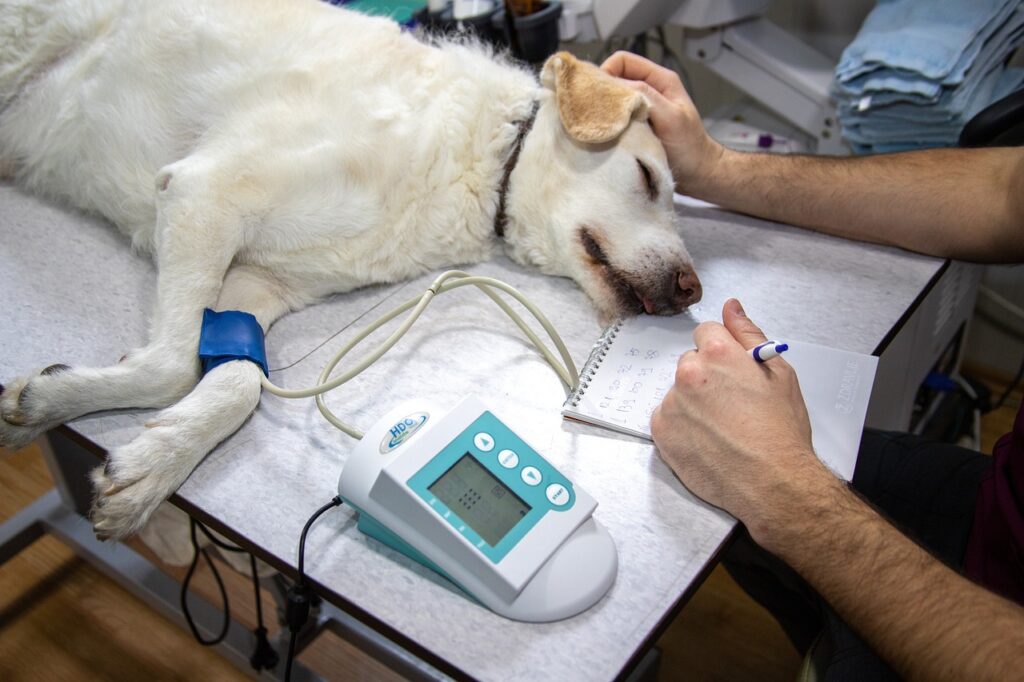Introduction
Decoding pet signals is essential for a harmonious relationship with your furry friends. As pet owners, we often find ourselves trying to understand what our pets are communicating to us through their behaviors and body language. By learning to interpret these pet signals, we can address their needs more effectively and strengthen our bond. In this article, we’ll explore various common pet signals, their meanings, and how to respond appropriately to ensure your pet feels understood and cared for.
Common Dog Signals
- Tail Wagging: A wagging tail often indicates happiness and excitement, but the speed and position can vary in meaning.
- Response: Pay attention to the context; a high, fast wag usually means joy, while a low wag may indicate insecurity.
- Barking: Dogs bark for various reasons, including alerting you to something, seeking attention, or expressing boredom.
- Response: Assess the situation. If it’s alert barking, investigate. If it’s attention-seeking, redirect their energy with play or training.
- Chewing: Chewing can be a sign of boredom, anxiety, or teething in puppies.
- Response: Provide appropriate chew toys and ensure your dog gets enough physical and mental stimulation.
Common Cat Signals
- Purring: Purring usually indicates contentment, but cats may also purr when they are in pain or anxious.
- Response: Observe your cat’s body language. If they seem relaxed, enjoy the moment; if they appear distressed, check for any signs of discomfort.
- Kneading: Kneading, or “making biscuits,” is a comforting behavior that stems from kittenhood.
- Response: Allow your cat to knead; it’s a sign they feel safe and secure. Provide a soft blanket for them to knead on.
- Scratching: Scratching is a natural behavior for cats, helping them maintain their claws and mark territory.
- Response: Provide scratching posts and pads to redirect this behavior away from furniture.
- If you looking for a solution to stop your cat from spraying? Try this product. If you click through and make a purchase, I may earn a commission at no additional cost to you.
Signs of Stress or Anxiety
- Excessive Grooming: Over-grooming can indicate stress, anxiety, or skin issues.
- Response: Consult a veterinarian to rule out medical problems and consider providing calming products or behavioral therapy.
- Hiding: If your pet is hiding, they may be feeling scared, unwell, or overwhelmed.
- Response: Give them a safe space and time to come out on their own. Monitor their behavior for any signs of illness.
- Aggression: Aggression can stem from fear, territorial behavior, or pain.
- Response: Do not approach an aggressive pet. Instead, give them space and seek the help of a professional trainer or behaviorist.
Understanding Body Language
Dogs
- Relaxed Body: Indicates comfort and trust.
- Raised Hackles: Can signal excitement or aggression; assess the situation.
- Yawning: Often a sign of stress or anxiety, especially in a tense situation.
Cats
- Slow Blinking: A sign of affection; return the gesture to strengthen your bond.
- Arched Back: Can indicate fear or aggression; approach with caution.
- Tail Position: A high tail signifies confidence and happiness, while a low tail indicates fear or submission.
Conclusion
Decoding pet signals is essential for a harmonious relationship with your animal companions. By recognizing common pet behaviors and their meanings, you can respond appropriately to their needs, ensuring they feel safe and loved. Always remember that each pet is unique, and if you notice any concerning signals, don’t hesitate to consult your veterinarian or a professional animal behaviorist. Strengthen your bond with your furry friend by becoming attuned to their signals and needs, and you’ll enjoy a more fulfilling relationship with your pet.



